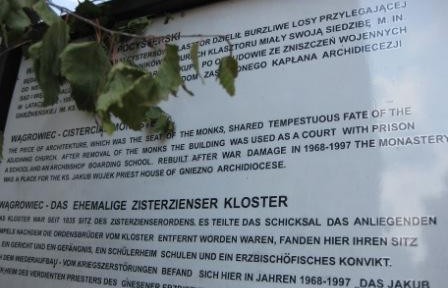
On day three of our adventure, we toured the Wagrowiec church and town before heading to the civil archives in Gniezno.
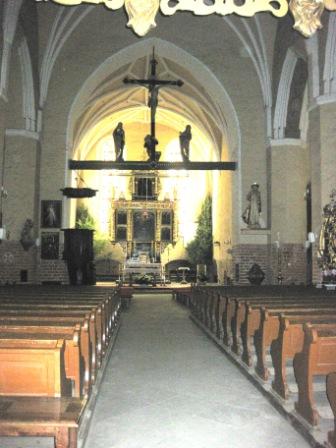
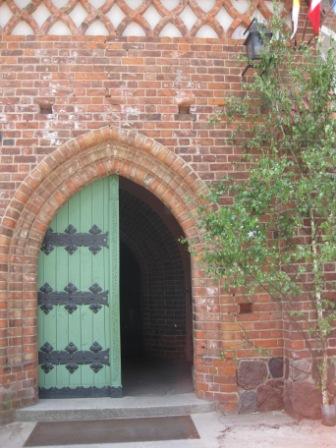
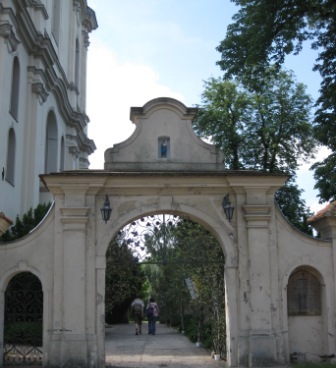
Stop #1 Church of the Assumption– Our first stop was down the street from the hotel! Beginning in 1830 when the Legowo church burned down, this became the parish church for the area around Wągrowiec (pronounce Won grove ee ets).The Cistercians, who had been there and who had established the church, moved. The Cistercians are not much in the area anymore, most of their churches and monasteries are now occupied by other orders or were destroyed. Most records before 1878 (?) from this parish are in Gniezno; newer ones, though, are located in Wągrowiec. If you’d like to read more about the town and the Cistercians, see this link: Wagrowiec. If you want more still, checkout the links on the main blog page of this site.
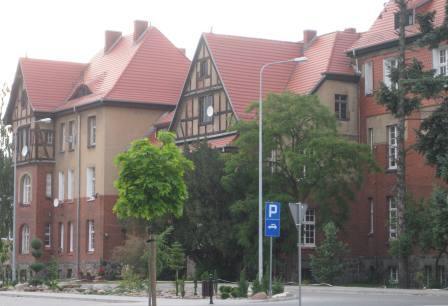
We drove through town and the marketplace. With a current population of about 25,000, Wągrowiec is the largest of villages that we visited on this trip. You can get around to see most of the city on foot, but we drove on this day because we were en route to Gniezno.
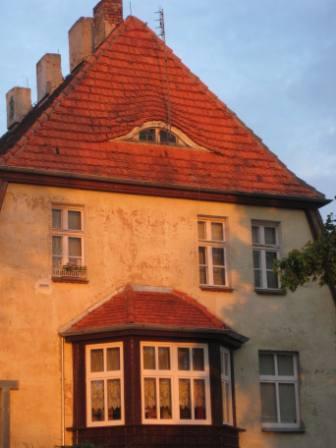
There is another church in Wagrowiec, St. James the Apostle, but I can’t find much information about it.
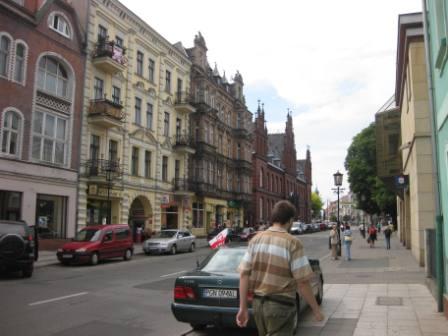
Stop#2 Gniezno. We began with the civil archives in Gniezno, since the diocesan archives have been filmed by the Mormons. And one needs to register weeks in advance to see only a couple of books at a time. The residence records are basically a cross between a census and an address book. The residence records for the towns that would be the most important to us at this stage of research, no longer exist. They weren’t seen as historical records, so most towns would toss the old ones when they filled up. Individual towns kept some of their own records, so it would be worthwhile to look into those at some point. Unfortunately, we were disappointed to find that most of the record books we were looking for were unavailable. Genealogical research is a lot like fishing: many hours not catching anything but old boots and seaweed! We did find a few Rozmarynowski records though.
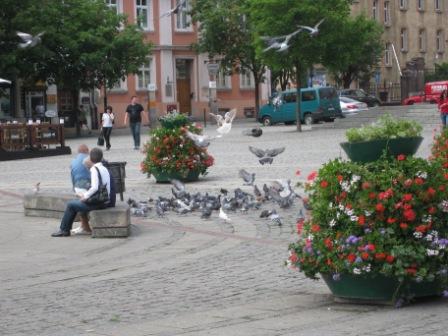
Stop #3 Lunch on the plaza n Gniezno
Stop 4 Poznan monastery and seminary
After lunch we drove on a brand new highway back to the train station in Poznan.

We had a bit of time before our train, so Lukasz took us to a Poznan monastery on the way. It had begun to rain, so I snapped a shot from inside the car. Lukasz said that this seminary trained priests, many of whom become missioners and head to distant lands. Most Catholics in the US know a priest from Poland,I think. At least, I have known several. It’s fairly rare in the US to see Catholic religious on the street in their official garments. It took me back to my childhood at the Catholic school.
Departing from Poznan, I felt a sense of completion. My thinking about the Lasecki line of the family tree was greatly expanded and deepened on this trip. It had been a dream, ever since I began researching 8 years ago, to locate the ancestral villages and to visit them. Mission happily accomplished!
